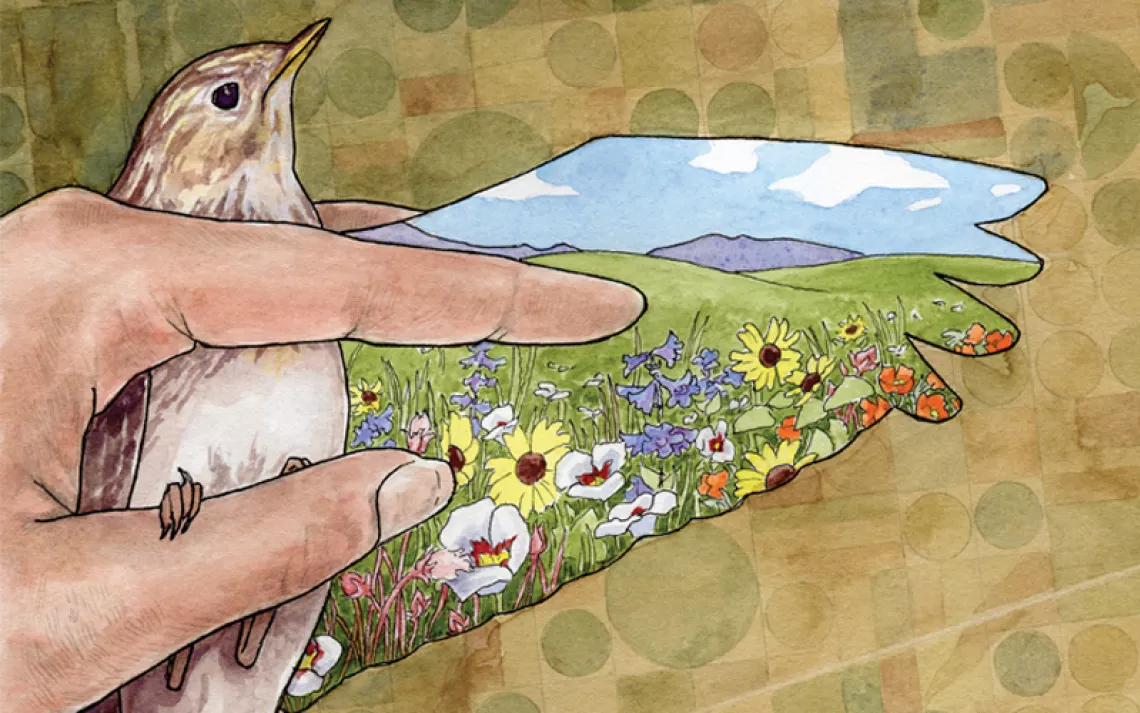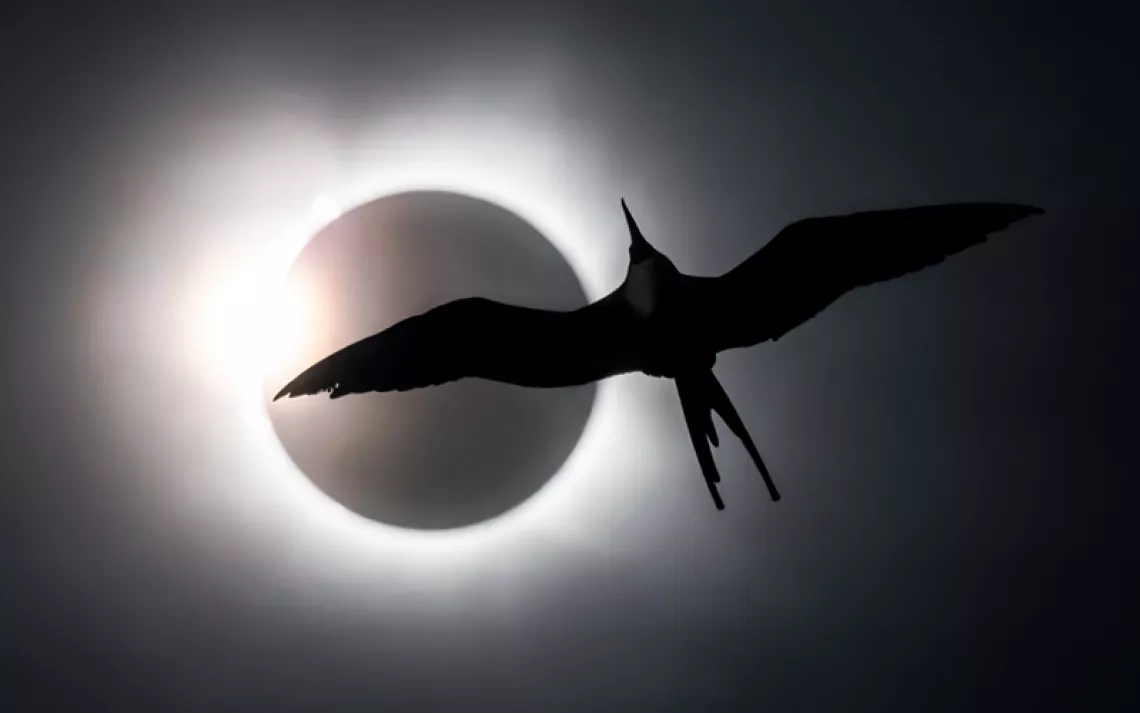Life for Birds in the Big Apple Just Got a Little Easier
Recent legislation requires new buildings to be more bird-friendly

Photo by palinchakjr/iStock
Life in New York can be harsh, and not just for the city’s human residents. The avian population has it tough too. As many as 230,000 birds die every year after crashing into the city’s ubiquitous buildings. That’s why bird conservation advocates are celebrating a recent bill aiming to tackle this problem. Passed in December by the New York City Council, the legislation requires that all new buildings be installed with bird-friendly glass below 75 feet. The mandate, which does not apply to existing buildings but does include retrofits, will go into effect at the end of this year.
New York is not the first city to pass this kind of legislation, but it is the largest. San Francisco passed a similar bill in 2011, followed shortly by its neighbor Oakland. A coalition of advocates in Maryland is working on state-wide recommendations that could be considered in the state legislature later this year.
NYC Audubon, the American Bird Conservancy, and the New York division of the American Institute of Architects collaborated for months on the details of the proposal, which was introduced in March by city councilmember Rafael L. Espinal, Jr.
New York is in the migratory path of more than 100 bird species, including the white-throated sparrow, the common yellowthroat, and the dark-eyed junco, which are the top three species affected by building collisions in the city. According to Christine Sheppard, director of the glass-collision program at the American Bird Conservancy, most collisions happen in the morning, when birds are flying around in search of a meal. That’s where the 75-foot rule comes in: Most species fly at or below this height because it’s where they expect to find food and shelter.
Installing fritted glass, which is infused with small bits of ceramic to make it more visible to birds, is one of the main ways to make buildings more bird-friendly. Insect screens and perforated adhesives are also effective. “The more visible it is, the better it works,” says Sheppard, who is experimenting with her own home remedies. She installed a motorized solar shade that can be deployed when she’s not in the room. “My neighbors think I’m nuts because I’ve been trying all this stuff out on my windows,” she says.
But making glass more visible to birds also makes it more visible to humans, which is a concern for those who want an unimpeded view when they look out the window. Most bird-collision mitigation to date has been on municipal buildings, like the Javits Center and the Statue of Liberty Museum. But Dan Piselli, director of sustainability at FXCollaborative Architects, which advised the New York City Council on the legislation, says that some private clients are worried that diminished views could undercut the ability to sell or lease properties. Some designers, on the other hand, argue that buildings with fritted glass are actually more aesthetically interesting.
Fritted glass offers other benefits as well. New York’s Javits Center recently added it as part of a $463 million retrofit both to increase energy efficiency and improve aesthetics. The benefits to birds were not the deciding factor, Piselli says, although the building has reduced its bird deaths by 90 percent as a result. He says the Javits Center was essentially a “big greenhouse,” and implementing fritted glass reduced its solar heat gain coefficient, which along with other sustainability measures, has lowered the building’s energy consumption by 26 percent.
Piselli says the biggest advantage of the New York City law is that it’s gotten the attention of manufacturers. Right now, he says, fritted glass costs an additional $2 to $3 per square foot compared with traditional glass, and a new generation of bird-safe glass with UV markings costs even more. But he expects the price to decrease as the products become more mainstream. “If [manufacturers] were not doing R&D on bird-collision mitigation before [the New York City law],” he says, “they are definitely doing it now.”
This article has been updated since publication.
 The Magazine of The Sierra Club
The Magazine of The Sierra Club



